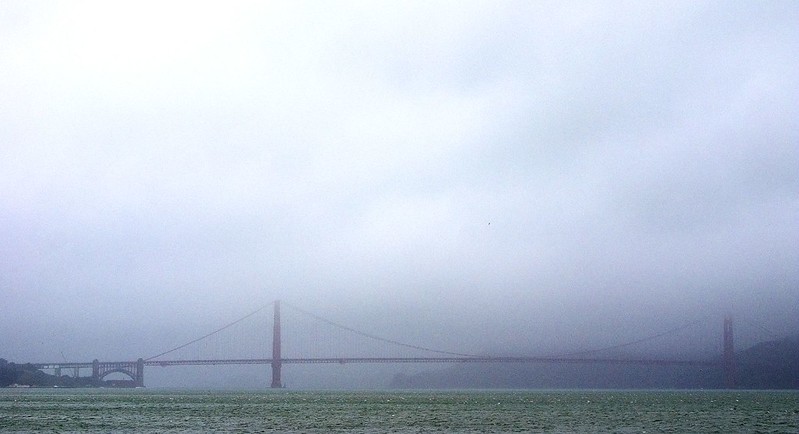Excerpt:
Rain and snowfall this season are above average, but the state has seen some wild weather in past years.
The storms that have walloped California in fierce waves since last month have left many communities cleaning up and digging out from flooding and landslides. By one metric, though, the state has seen much worse.
So far this winter, cumulative precipitation across California is well above average for the past 70 or so years, according to data from the National Oceanic and Atmospheric Administration. But it isn’t as high at this point in the season as it was in some years, including 2017, when drenching storms nearly caused a catastrophic collapse at the Oroville Dam in Northern California.
The data is a reminder that nature can dish out even more to the state than what it has this season, though there’s still plenty of time for more storms to push through before the drier months. (These precipitation levels include both rain and snow. The latter is recorded as its liquid equivalent amount.)
A statewide, averaged measure like this one doesn’t capture the vastly different effects that storms in California, fueled by atmospheric rivers, can have in different parts of the state. A system that brings misery and destruction to Southern California can seem tame in Northern California, and vice versa. The same weather can torment one place but spare the one next to it, which is part of what makes storms tricky for meteorologists to forecast…









